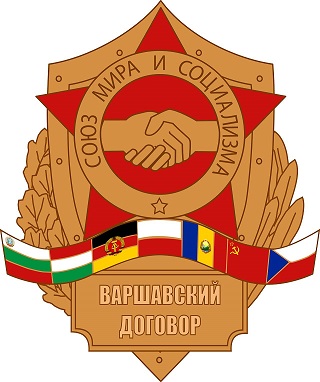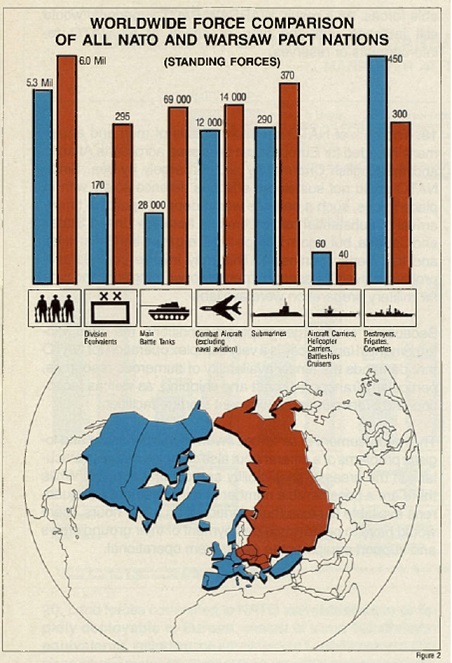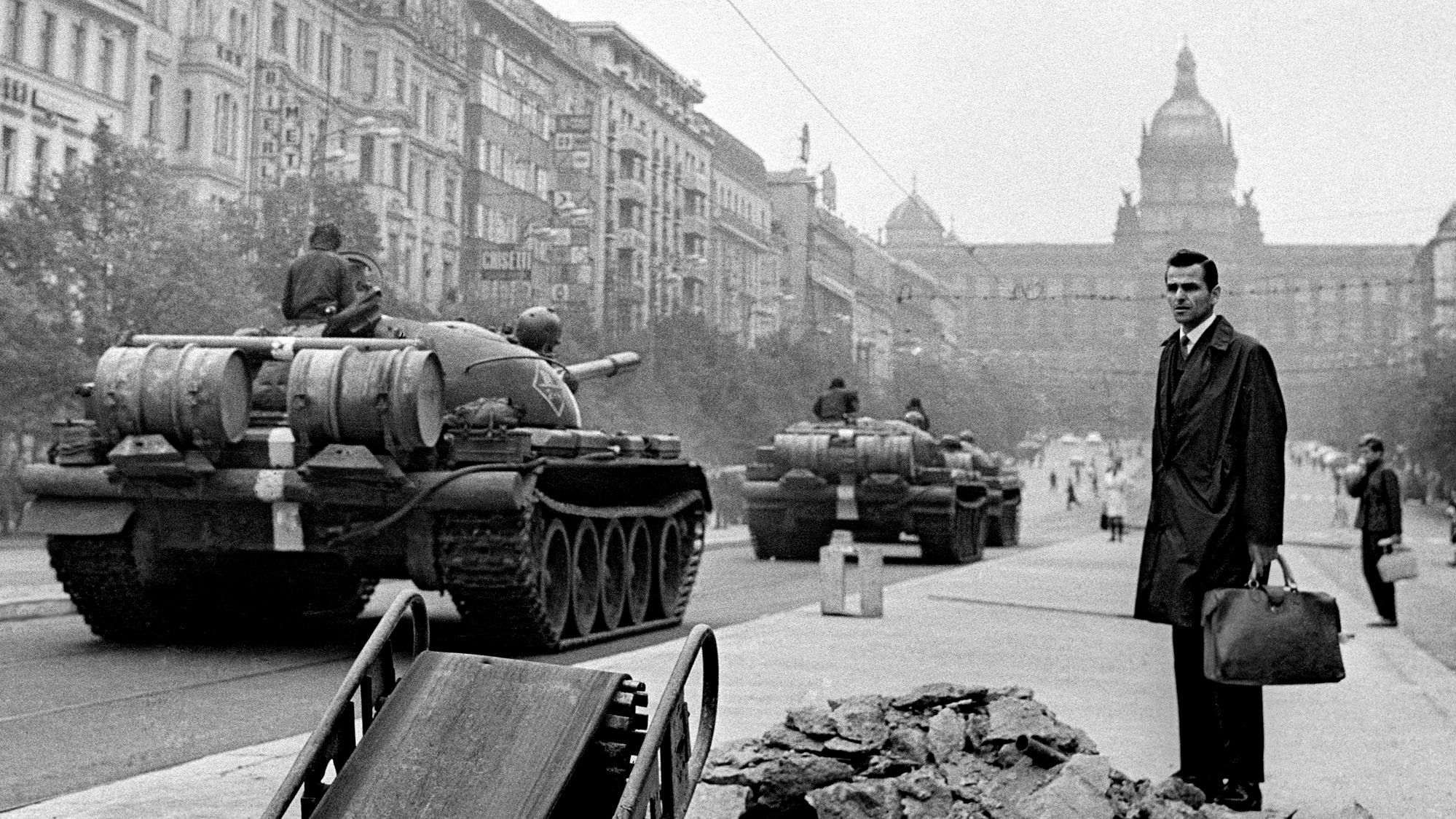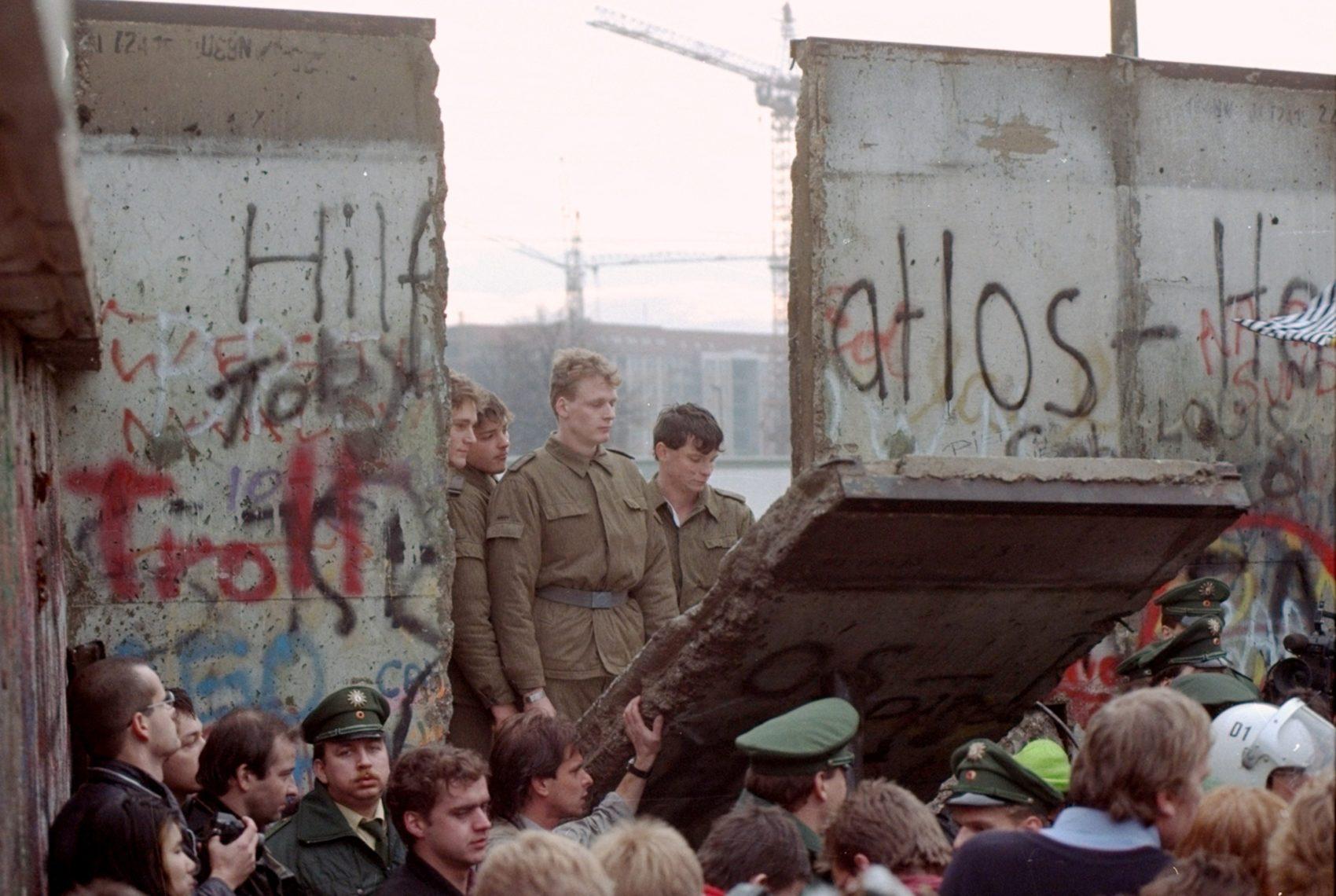

Table of Contents
Introduction
What appears to be the end, always turns into a beginning. When World War Two ended in 1945, people truly believed the world had learned its lessons. The all-consuming war exhausted the material and human resources of the belligerent countries. The European continent was left ruined from Moscow to London. Hardly anyone would believe at that moment that only 10 years later the continent would slide into yet another partition. This time it was Democracy against Communism, West versus East. Countries in the West were standing under the umbrella of the NATO pact. Opposed to them were countries of the Warsaw Pact.
German threat
More than a military alliance, the Warsaw Pact has been a strut for the Iron Curtain that held the entire Eastern Europe in the firm grip of Moscow for 35 years. The Warsaw Pact was a product of the Soviet fear of western military and political invasion. The bonus for the Soviets was that they used the pact to establish complete control over European communist countries.
The western threat became obvious for the Soviets with the American plans of rearming West Germany. The remilitarization of West Germany was seen as a direct threat to Soviet interests in eastern Europe. Especially dangerous was its inclusion in the western system of collective security - the European Defense Community. Neighboring countries such as Czechoslovakia and Poland still had fresh memories of the last time Germans had weapons in their hands.
To counter American plans, the Soviets launched a diplomatic offensive offering the reunification of Germany. Such Germany would then be allowed to enter a pan-European security organization. Along with a unified Germany, such an organization would have included all European states willing to join, regardless of their political system. The Soviets went so far that at one point a proposal was on the table that they should join NATO.
All their efforts were futile. Western European countries were reluctant to let the enemy behind their gates. The glimpse of hope for the Soviets was the French rejection to ratify the EDC. The French also feared German remilitarization. The United States, however, was determined to implement its plans. On October 23, 1954 the Paris Accords were signed, ending the occupation of West Germany and allowing it to join NATO.
The red line was crossed, and Europe was on the point of no return. A two-block division of the continent was imminent.

Europe during the Cold War (1960). © Encyclopedia Britannica, Inc..
Warsaw Pact
The Warsaw Pact was nowhere near the organization NATO was at the time. It was more of a coerced solution. Once West Germany became a member of NATO, the buffer zone between NATO and communist countries in the east ceased to exist. Communists had to close their ranks. The only way to do it was by creating a military alliance of their own.
In May 1955, heads of state of eight communist countries met in Warsaw, Poland. There were representatives from the Soviet Union, East Germany, Poland, Czechoslovakia, Hungary, Romania, Bulgaria and Albania. What was common for these countries was their socialist political arrangements and governments under firm control of Moscow. The final Agreement on Friendship, Coordination and Mutual Assistance was signed on May 14 at the Presidential Palace in Warsaw. The Warsaw Pact was formed.
The signing members of the pact pledged to:
- cooperate in all actions to ensure international peace
- consult on important international questions
- help treaty members in the event of an armed attack in Europe
- establish a unified military command and a political consultative committee
The treaty was to remain in force for twenty years, or until the general European treaty was agreed. There was an option of prolonging the agreement for another ten years.
Prior to the signing of the agreement, East Germany was allowed to form its own armed forces. It was a direct response to corresponding action on the west.

Warsaw Pact Logo by Fenn-O-maniC.
Cardboard Castle
Even though it was agreed that the pact would function on principles of collective decision-making, it was clear that it was going to be under the complete control of the Soviets.
The Political Consultative Committee, the highest-level control organ of the Warsaw Pact, was in Moscow. It consisted of the member countries’ prime ministers or Communist parties’ first secretaries and ministers of defense (later replaced with foreign ministers). In fact, the Committee was under the total control of the Soviet Communist Central Committee.
The Combined Supreme Command was also Soviet controlled. The supreme commander has always been a Soviet Marshall. His chief of staff was a Soviet army general as well as most members of the staff.
Soviet control over the pact was ubiquitous. Even before the treaty was signed, the Soviet Union had already had bilateral agreements signed with eastern European countries that allowed Soviet troops to garrison these countries. For all these reasons the Warsaw Pact had more features of an occupation system than of a true military alliance. It was not to the benefit of the pact’s strength.

Worldwide Force Comparison of All NATO and Warsaw Pact Nations. NATO.
Non-Soviet members of the pact provided more than 700,000 standing army soldiers and more than 2 million in reserve. Still, Western analysts doubted these numbers primarily on account of the tenacity of the alliance, especially in the case of war. The pact was considered to be a cardboard castle. Future events would show that the mocking label was not far from the truth.
Rotten Alliance
The fragile foundations on which the pact was built became evident only a year and a half after it was formed. Hungary was the first country that expressed the wish to leave it.
In October 1956, dissatisfaction with the political situation in Hungary turned into protests against Soviet domination. The protests resulted in Soviet troops withdrawing from the country at the request of Prime Minister Imre Nagy. The next step for the Hungarian government was to withdraw from the Warsaw Pact. Such a decision was a call for Moscow to send its troops back to Hungary and crush the rebellion. The Hungarian Uprising ended with around 2,500 Hungarians killed and 200,000 refugees. The Soviet grip over Hungary became firmer than before.
The Hungarian episode was a warning sign for the Soviets to reorganize the pact by imposing more control over its organization. The aim was to integrate the forces of the pact members into Soviet operational plans through standardization of weapons and equipment. For the same purposes, from 1961, Warsaw Pact forces started to participate in joint training and maneuvers.
Soviet oppressive control over members of the Warsaw Pact did not save the alliance from further dissipation. The first country to successfully split with the Soviets was Albania, which in 1961 practically ceased to participate in treaty meetings.
The next country to stand up against tighter integration within the pact was Romania. Starting in 1965, the Romanian government began to lead a more independent foreign policy and distanced itself from the pact. The Soviet troops had already left the country when in 1969 Romania stopped participating in the command structure of the Warsaw Pact.
At the same time anti-Soviet sentiment appeared in Czechoslovakia as well, which asked for economic and political reforms. The discontent in the country erupted in 1968 with the so-called Prague Spring. Still remembering Hungary and 1956, the Soviets decided to cut the Czechoslovakian verve to its roots. Under the pretext of joint military exercises, the Soviets gathered troops from Hungary, Poland, and Bulgaria as well as their own along Czechoslovakian borders. In swift action, on August 20, 1968, Warsaw Pact troops invaded Czechoslovakia. Its capital Prague was seized within one day and soon the entire country was under control. This was the only joint operation of the Warsaw Pact members and it was conducted against one of their own allies.

Warsaw Pact tanks on the streets of Prague in 1968.
Romania and Albania were the only member countries that did not participate in the invasion and even publicly condemned the action. What is more, Albania officially withdrew from the pact later that year, becoming the first country to do so.
Downfall of the Warsaw Pact
During the 1970’s and 1980’s the Soviet grip was becoming more and more loose. Countries in the eastern bloc turned their attention from confrontation with NATO to problems caused by economic slowdowns. The economy was restructuring in the West and the command economy in the East was in a decay. These events slowly led to the end of the Cold War and the dissolvement of the two-block division of Europe.
Still, in 1975, members of the Warsaw Pact decided to prolong the Warsaw Agreement for another 10 years. In 1985, the agreement was renewed for another 20 years.
In the late 1980’s the winds of change started to blow across eastern Europe. It announced the end of Communism and the Warsaw Pact as well. In a series of peaceful revolutions during 1989, one after another, communist regimes were overthrown in all countries of the Warsaw Pact.
On 9th of November 1989 the Berlin Wall fell, marking the beginning of the German reunification. In September 1990, East Germany withdrew from the Warsaw Pact to reunite with west Germany and become part of the NATO alliance. At the same time, Poland, Hungary, and Czechoslovakia stopped participating in joint exercises. That same year, those countries sent their troops to participate in the U.S.-led war against Iraq.

East German border guards looking through a hole in the Berlin wall. Lionel Cironneau/File/AP
On February 25, 1991, foreign and defense ministers of the remaining member countries decided to put an end to the Warsaw Agreement. On July 1, that same year, the Warsaw Pact formally stopped existing. The formal announcement on the end of the Warsaw Pact was made in Prague. It was the same city that 23 years earlier gathered troops of the Warsaw Pact in their only joint military operation.
